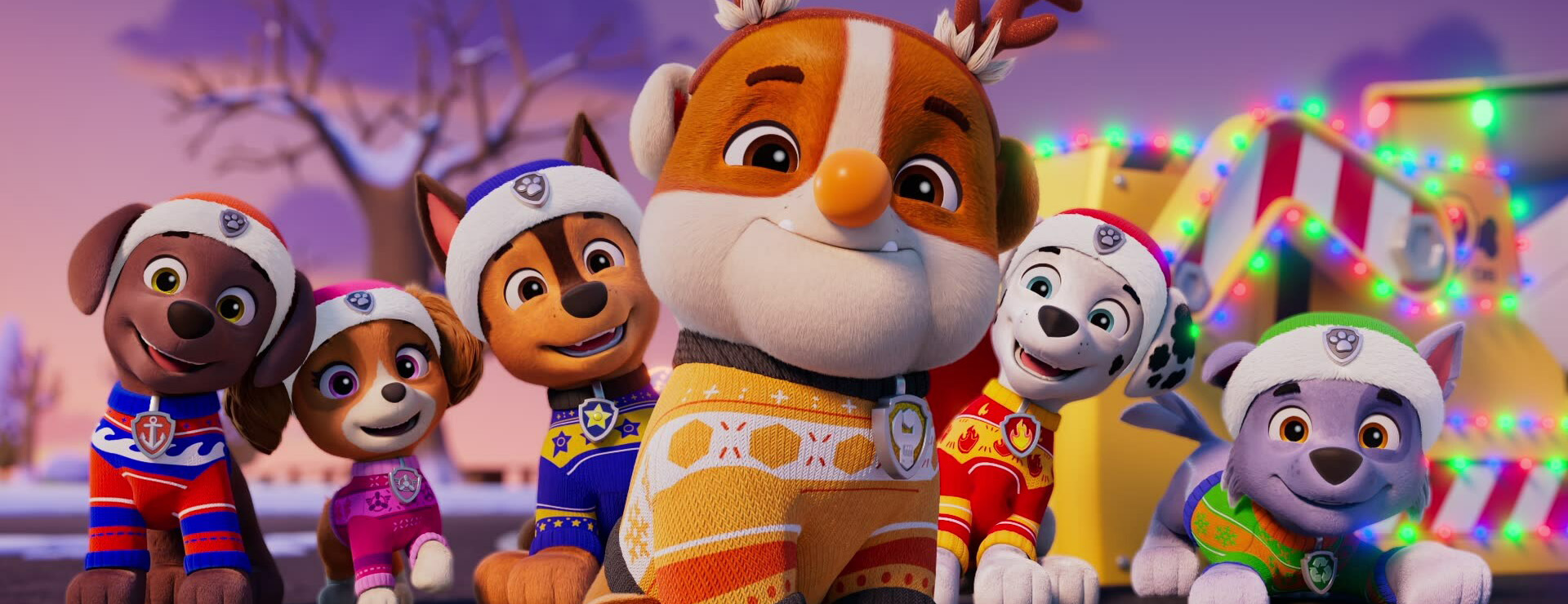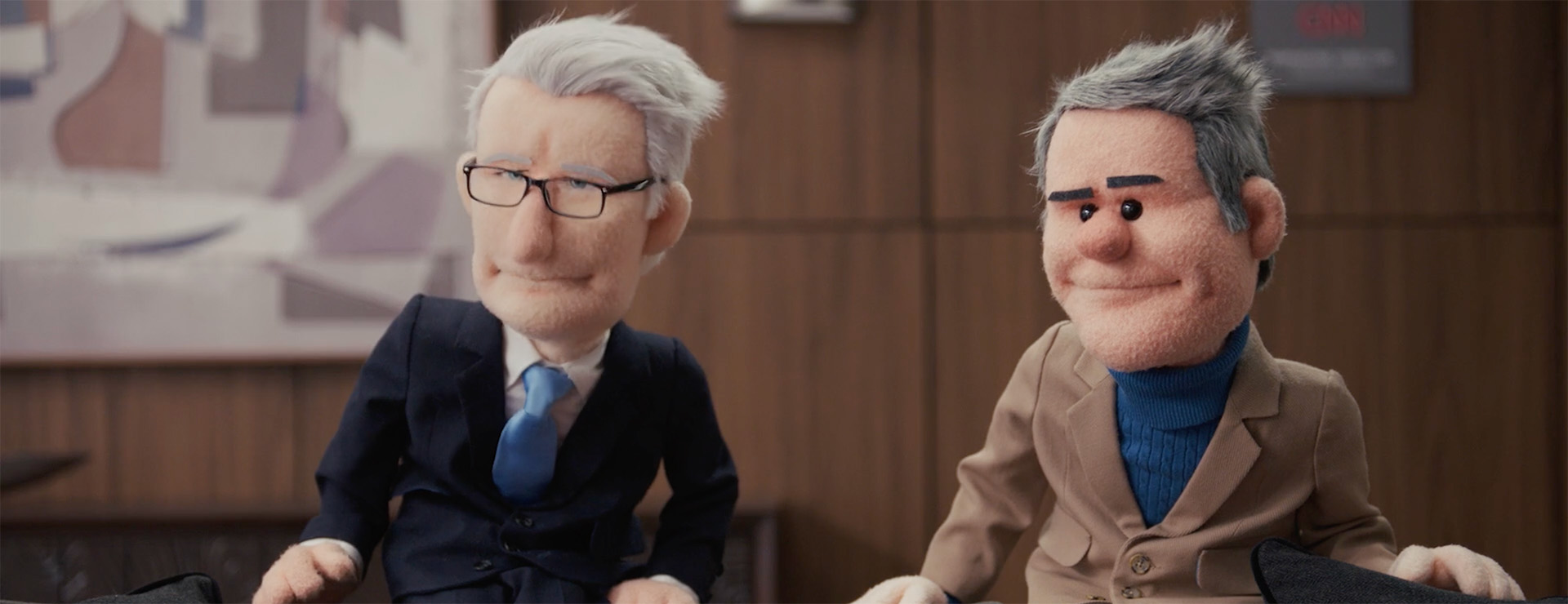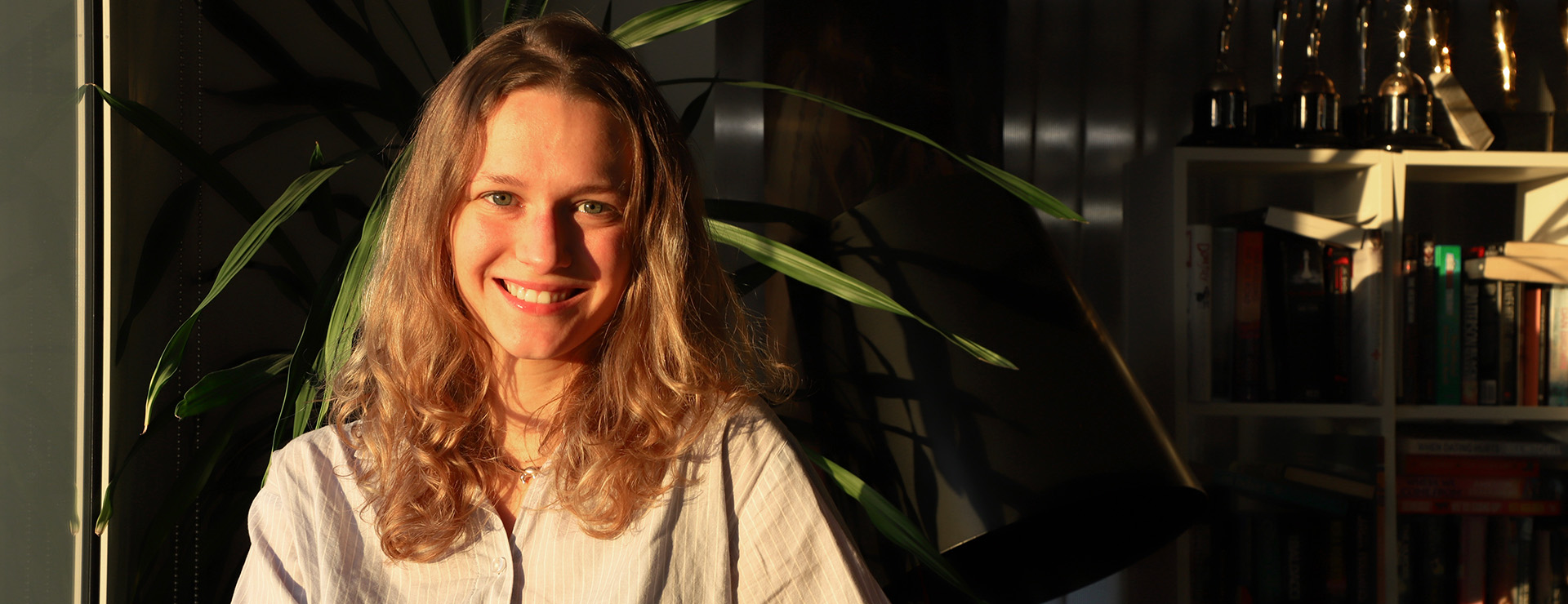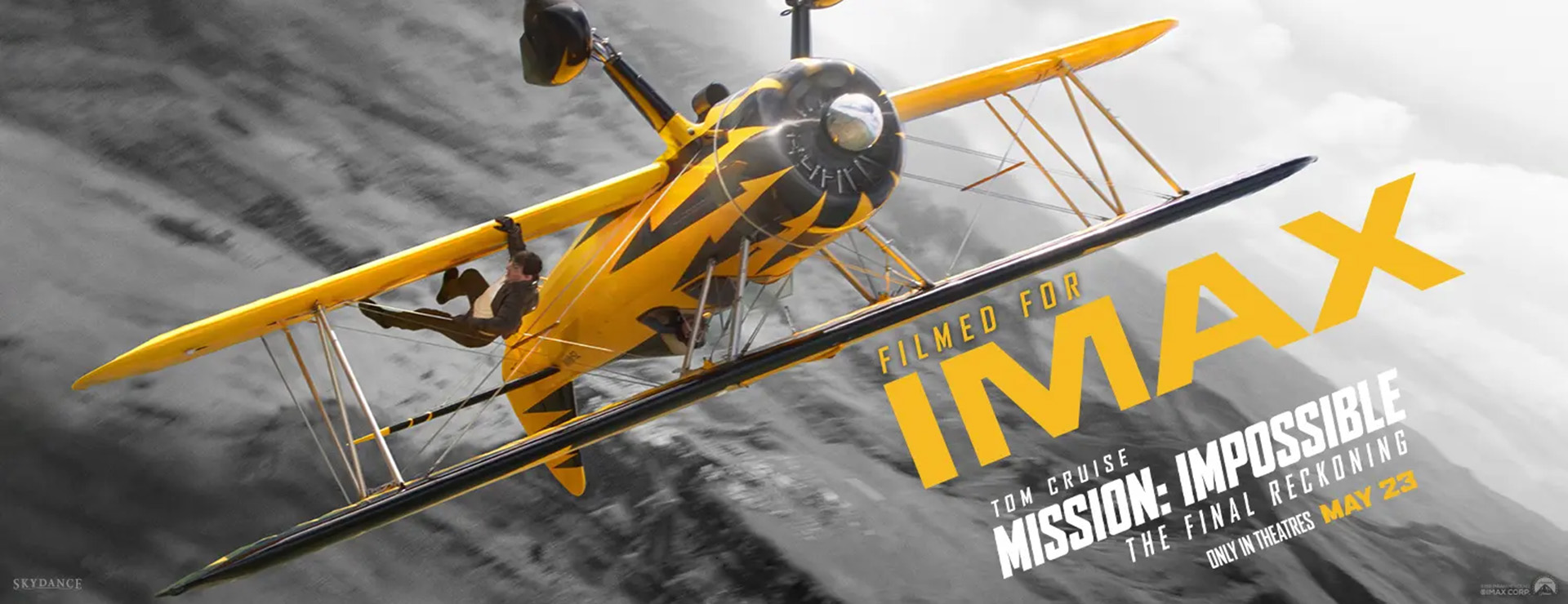In just five years, Atlanta-based Pop’N Creative – founded and led by Lori Hall McKissic and Jessica Lane Alexander – has evolved into one of the industry’s go-to agencies when it comes to engaging multicultural audiences with authentic campaigns that speak directly to them.
When the two launched Pop’N, as they affectionately refer to it, it was February 2020 and no one really understood what was coming down the pike. But Hall McKissic and Lane Alexander kept at it and today, they are providing their multicultural perspective and creative wizardry to such clients as Amazon, Disney, Freeform, FX Networks, Hulu, Max, Sephora, Sony Pictures Television, TBS, TNT and more.
Read on to learn about Pop’N Creative’s commitment to serving multicultural audiences and why it’s more important than ever.
Spotlight: Congratulations on five years, that’s gone fast! Let’s go back five years. What led you to start PopN Creative?
Jessica Lane Alexander, co-founder and head of content: We both came from TV One where Lori was the head of marketing, overseeing on-air creative services, digital and social. She had hired me to be the head of digital and social within her team.
Prior to that, we had worked together at TBS and TNT, and then I went away to business school, before I came back to work with her at TV One. I always remind her that even at Turner, I was telling her, ‘this is cute and all, but I really think we could do this on our own. We can have our own agency, and we can do this so much better. We can be all the things that we want in an agency that we never receive.’
It was at TV One that we really started planning. The year before we launched, we sat down every week and took time to really think through what we were going to do, what our creative offering would be and what our point of view would be like. We asked ourselves, ‘how would we approach this differently?’
Week after week, stuff just started to build, and then we had a shared document where we actually had a plan. We had language. We had a story and we knew how we would talk about it. And we had thought about where we would go for potential partners and potential clients.
Spotlight: What did you feel like you weren’t getting from the agencies you were working with?
Lane Alexander: In the multicultural space, I sometimes felt like we were not getting authentic pitches from people who really understood the nuances of the audiences that we were trying to reach. It's a range of all the way from tone deaf and offensive to stuff that just didn’t have that je ne sais quoi, that wink and nod that would reach and really engage the audience.. And I was like, we’ve got to do better than offending me or just falling flat.
We would also end up working with general market agencies who would say, ‘we’ve got a multicultural specialty,’ and then we would be super frustrated with their offering too, because they would have the one person who checked the box for the audience, who worked on the pitch, or wrote it, and it would be just that one person.
But creative doesn't work when you just have one person driving the vision. You really need several people to come to the table to offer a unique perspective, to build something great and magical.
Lori Hall McKissic, co-founder and head of creative: There is a very stark difference between being of the community and trying to portray something to the community. You have to have more than one person represent an entire community of people. People are not a monolith. I don't care what race or ethnicity you are, nobody is a monolith.
Spotlight: Would you say that Pop’N Creative’s secret sauce is your expertise around serving this community?
Lane Alexander: I would say that for sure. And then add this layer: We came from entertainment, and video content is the storytelling mechanism that we believe in wholeheartedly. So our mix is that we can superserve a multicultural audience across various cultures, and we approach problems from a very entertainment-based, video-storytelling production perspective. A lot of the brands that we have worked with aren’t just looking for an agency, but also an agency that understands how entertainment is packaged and communicated to the world around them.
Spotlight: How do you bring that level of storytelling to brands who maybe haven’t experienced it before but know they need it?
Lane Alexander: I feel like a lot of times they want to do it but they are a little bit hesitant. We make sure we’re creating moments that people can capture to do their own storytelling, which adds more reach, frequency and awareness for brands. We take storytelling and remix it a bunch of different ways within the work and the campaigns that we do. You have to be able to create a platform for the stories to evolve, for the stories to speak to you, and for someone to take that story, reinterpret it and share it with their own audience.
Hall McKissic: There has been a lot of brand fear, especially recently. We just spoke to a potential client, and they were like, ‘we are trying to mitigate risk. We do not want to be seen as inauthentic or performative so we are debating on whether we pursue this Black-targeted initiative because we're not sure if it's going to come across wrong.’ And what I told them is that the fear of being canceled should not prevent you from approaching a community, because if you're truly being authentic, you're going to approach that community anyway. There is no change without a little bit of conflict. There is no forward movement if you're trying to please everybody in the room.
Given the temperature of today, brands that are more committed to multiculturalism, multicultural storytelling, diversity and all of that – without the politicization of DEI – those brands are going to be even shinier to communities of color, underserved communities, because everybody else is trying to take a side, and there are a lot of people who are pulling back. So don't let the fear of a worst-case scenario prevent you from doing what you feel convicted to do, what is right to do and what is authentic for you and your brand.
Spotlight: I’m going to go back to something that Jessica touched on earlier. I feel like you guys launched Pop’N Creative right before the pandemic and then the world shut down. But since then, the work you do in experiential marketing has really exploded. Did you always think you were going to be an experiential agency as much as you have been, or is that something that's evolved along the way?
Lane Alexander: It’s definitely been an evolution. During the pandemic we did a lot of virtual production, but when the world opened back up we had to tell stories through more than just social video. We wanted to tell stories on the ground with people creating those moments and that's what the market was demanding as well. People wanted to get away from the virtual world and they wanted to meet and greet and enjoy each other in real life. So we blended into that, and we adjusted our strategy and approach to make sure that we could also create those moments.
We found that was a natural combination between the skill set we already had in terms of storytelling and creative production, and putting that into experiential, which is a lot of creative production, and again, a lot of storytelling, and using physical pieces and physical moments and actual experiences to tell that brand story that you could just touch and feel, as opposed to just watch. It became a nice way to integrate all the things that we do best, but also meet the market and what they're demanding and needing.
Hall McKissic: It actually started with The Rink @ The Hulu Motel at the Essence festival in New Orleans. That was the first experiential activation we did when the world opened back up, and we might have had two days to pitch it, and then three weeks or so to turn it around. It was a very crazy timeline that we absolutely signed up for. I was coming off of maternity leave, and Jess was like, ‘if you want to jump into it, let's jump into it.’ I was like, ‘yes, we've got to do this.’ And so we agreed, and we kicked tail on it, it looked amazing. At that event, other brand marketers came up to us, got our information, and that's how we started down the road of experiential.
And then with Nat Geo’s Queens, which we did at Fashion Week in New York City, that was us realizing how great at experiential we could be. That was something so iconic and tech-forward and revolutionary. That was kind of the culmination of everything we had done since The Rink @ The Hulu Motel.
Spotlight: When you guys are building experiential activations, do you visualize the social along with it?
Lane Alexander: We're always thinking about the moments that people are going to want to capture. So it's thinking about what are the photo or video moments that are going to be built into the experience? Are we creating magical moments where you sprinkle in talent or influencers? Because you know that when your favorite person is on the stage, you're going to whip out your phone to capture it. Then it’s making sure that people are sharing the things that the brand is wanting them to share.
For instance, we built a big activation in New York’s Battery Park for Disney Junior’s new animated show Ariel. We wanted to emphasize that Disney Junior brought a lot of authenticity into the show. The show is set in the Caribbean Sea, so the activation had Caribbean flavors, West Indian flavors. So we created a whole Carnival experience, with carnival dancers on stage with the music that they had already produced for the series. We had dancers on stage teaching kids how to do different dance moves that were named for characters in the show.
Spotlight: What are some of the campaigns that you’ve done over the past five years that you are especially proud of?
Lane Alexander: One of my early favorites was TBS’ HBCU Cash Out. It's always kind of full circle when you can go back to some of the folks that we first worked with to create this really amazing campaign and we were also able to make a little magic in the virtual space.
Hall McKissic: Mine is Nat Geo’s Queens. We pitched it as a wild card idea to Nat Geo and they were like, we love it. Let's do it. I love that one because it was so tech-driven. It was so unique. It was everything the brand wanted. They didn't want to seem like your father's history show, and they wanted to break out of that identity and invite a new audience mix of multicultural people, women and the LGBTQ+ community to the table.
Spotlight: Last question, what is the coolest campaign that you’ve seen recently?
Hall McKissic: One of my favorites is the Fenty ad for the Super Bowl. I loved that campaign because it was so genius. They squirted the Fenty liquid foundation onto footballs, and they were all different shades of skin tones, because the football leather is brown and can be different shades of brown. I just thought that was so unique.
Lane Alexander: You kind of stole my thunder with Rihanna in the Super Bowl but I really like what Rihanna is doing now with Puma. They had a cross collaboration and she actually did a launch in Barbados. I feel like Barbados is not Puma's top target market, but the fact that she's from there, and she always represents, they built an experience out of her being there. The fact that they were able to create that in Barbados to symbolize that not only were they committed to the brand, but they were committed to Rihanna and committed to letting her do what she does best, I just think that was very powerful.















